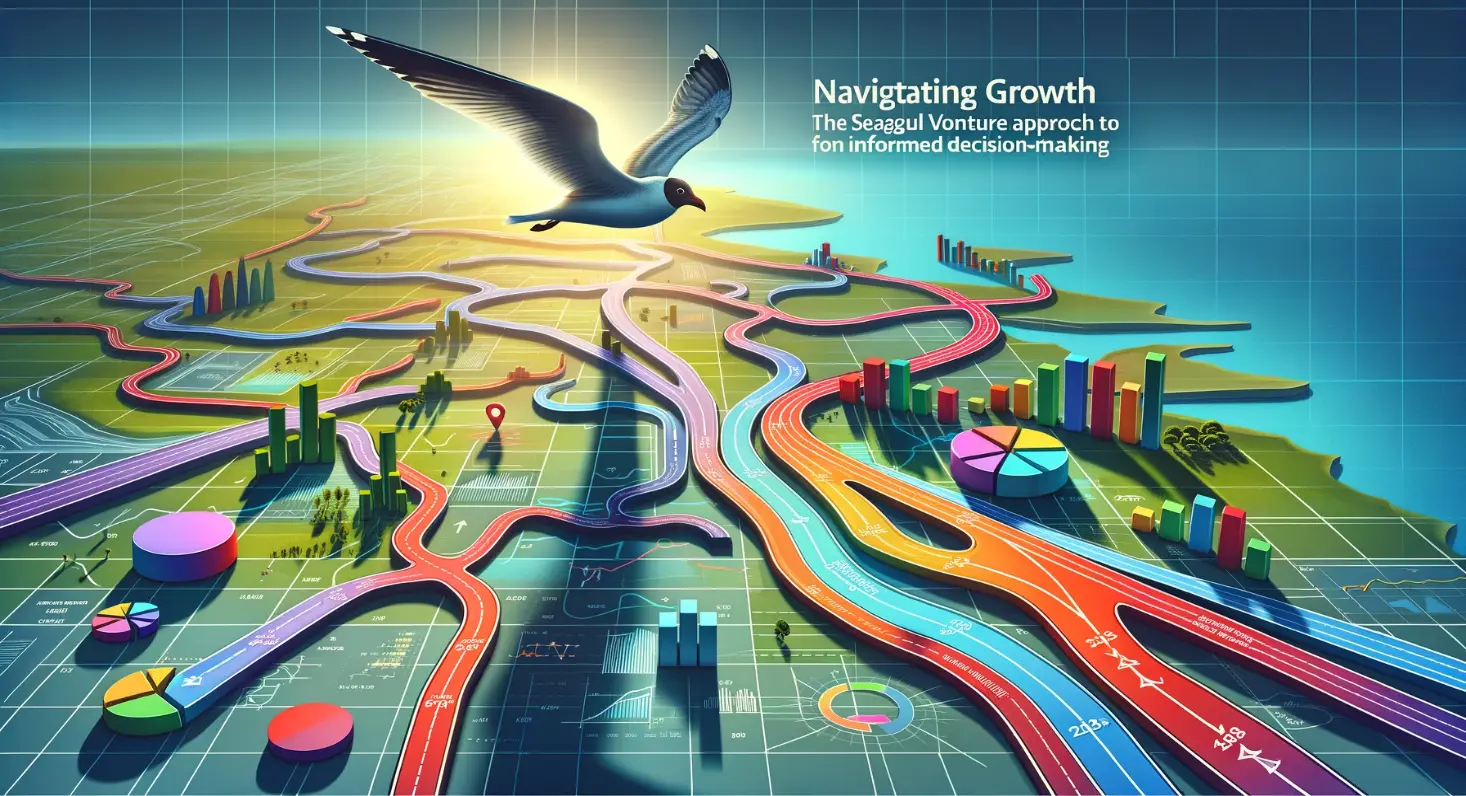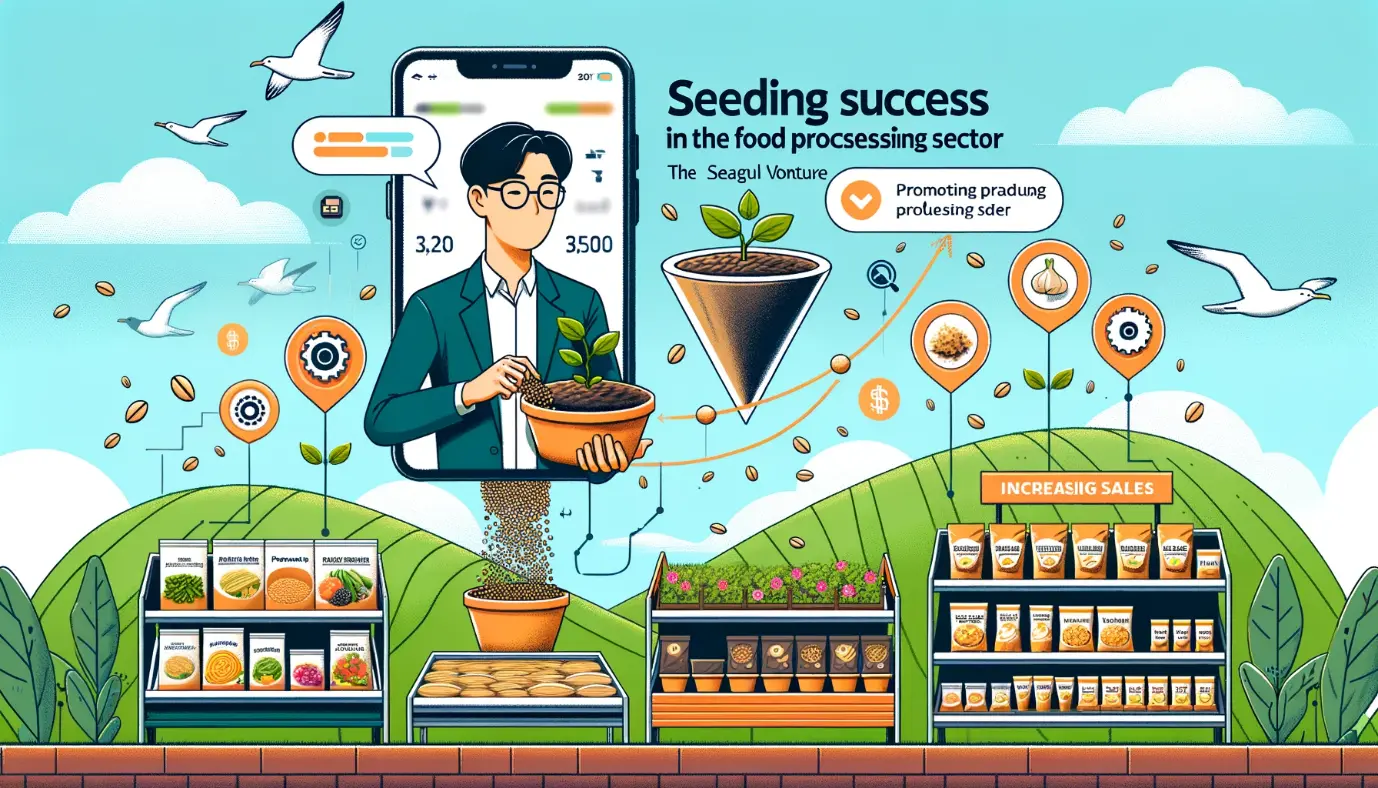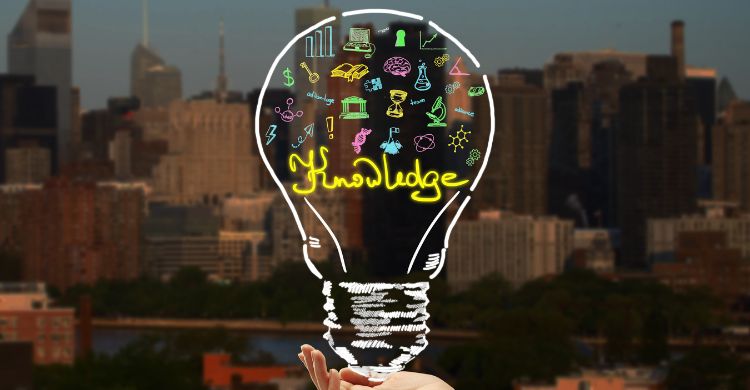
Process Technology for Separation of Glass and Phosphor from Waste CFLs

Jul 12 , 2023 Saurabh Mishra, Founder & Director, Seagull Venture Private Limited (10X Growth Strategies)
Introduction:
The proper disposal and recycling of waste CFLs (Compact Fluorescent Lamps) have become critical concerns in recent years due to their environmental impact. These lamps contain fluorescent phosphor coated on glass tubes filled with mercury vapors. To address this issue, a cutting-edge process technology has been developed to efficiently separate glass and phosphor from waste CFLs, allowing for their complete recycling.
Process Specifications:
The separation process is designed to be quick and efficient, taking only 15 minutes to complete. It utilizes simple organic solvents to facilitate the separation, making it a safer and more eco-friendly option. Moreover, the entire process is energy-efficient, contributing to reduced overall energy consumption during recycling.
Applications:
This innovative process technology finds diverse applications in various industries, including:
- Chemical Industry: The recovered phosphor powder can be used as a raw material in the chemical industry for the production of various products.
- Recycling Industry: Waste management and recycling companies can adopt this process to recycle waste CFLs effectively, minimizing the environmental impact of improper disposal.
- Toys Manufacturers: Night glowing toys often contain phosphor powder, and this process allows manufacturers to recycle and reuse these materials sustainably.
- LED Manufacturers: LED manufacturing involves the use of specific materials, and the recovered phosphor powder can be repurposed for LED production.
Advantages:
The adoption of this process technology offers several significant advantages:
- Complete Recycling of Waste CFLs and Tube Lights: By efficiently separating glass and phosphor, this process ensures that every component of waste CFLs and tube lights is properly recycled.
- Recovery of Glass and Phosphor Material: The recovered glass and phosphor can be reintegrated into manufacturing processes, reducing the need for raw materials and promoting a circular economy.
Conclusion:
The process technology for the separation of glass and phosphor from waste CFLs marks a significant step forward in waste management and recycling practices. By efficiently recycling these lamps, we can minimize environmental pollution and conserve valuable resources. Industries such as the chemical sector, recycling, and LED manufacturing can benefit greatly from this technology, contributing to a more sustainable and greener future. Let's embrace and implement such innovative solutions to protect our planet for future generations.

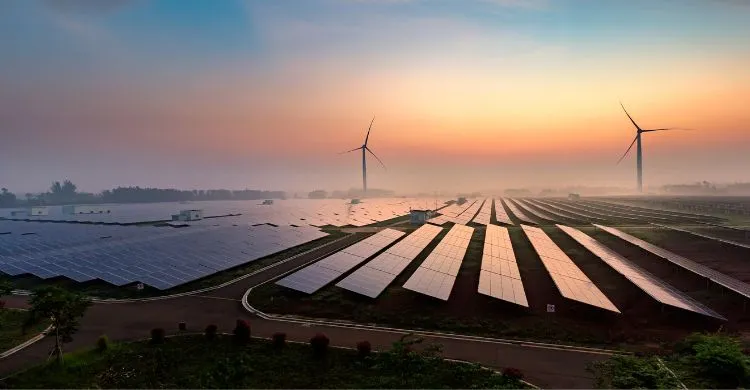

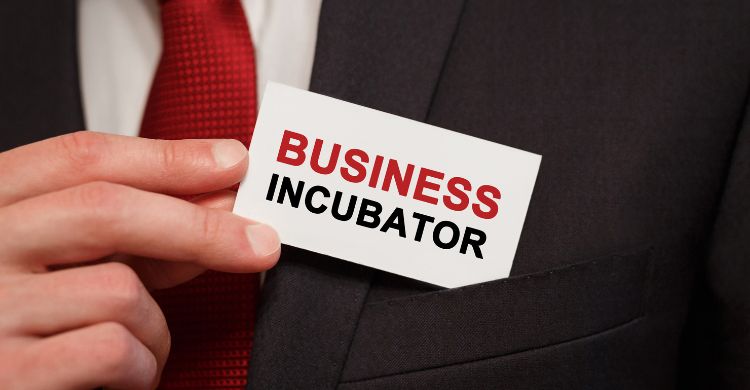
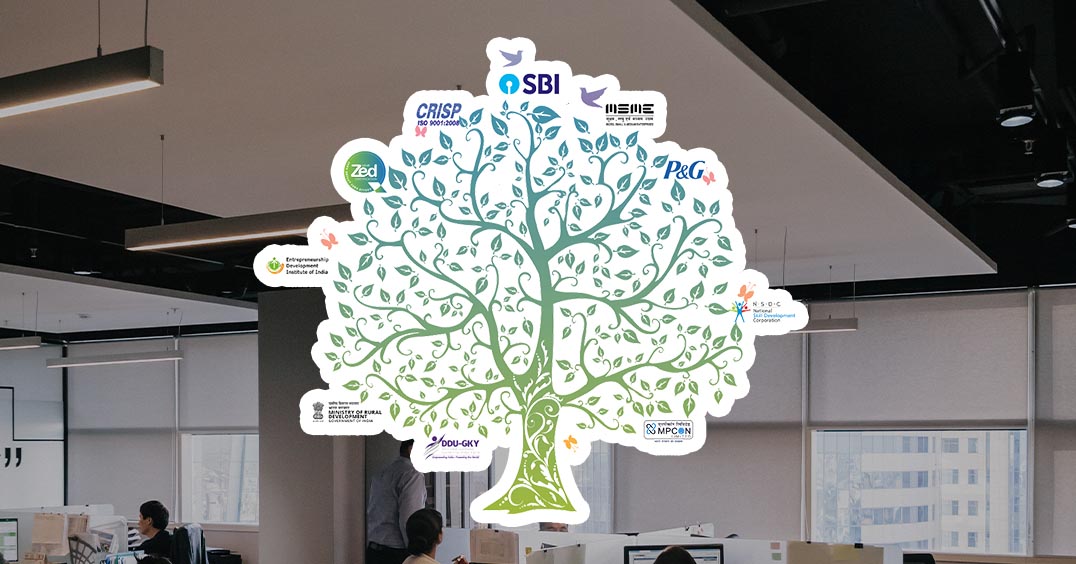
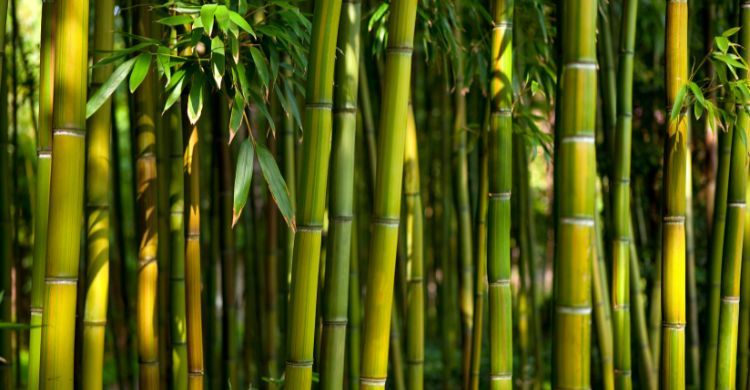
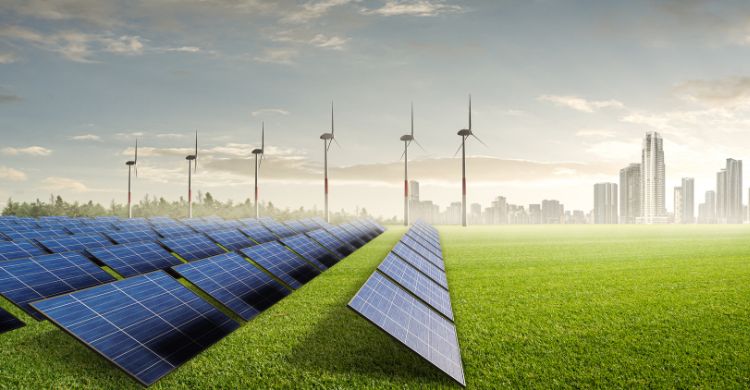
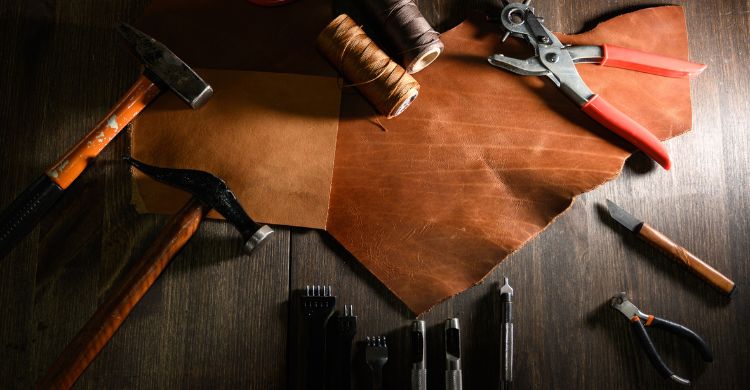
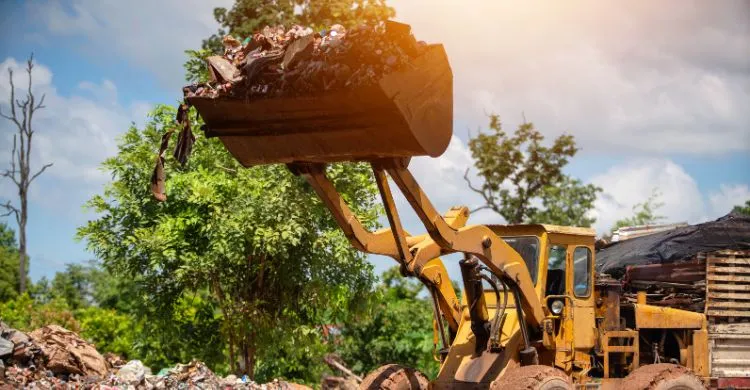

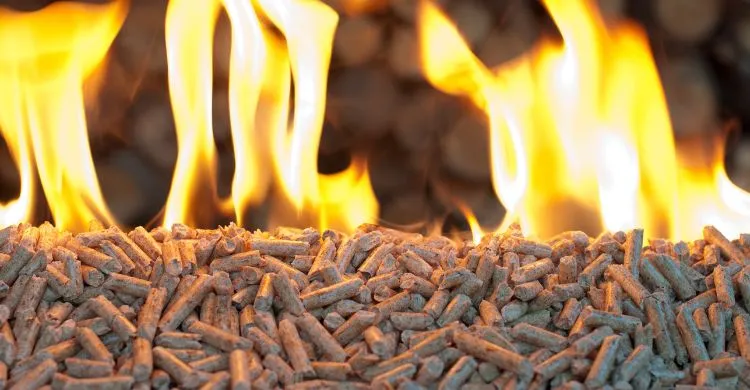
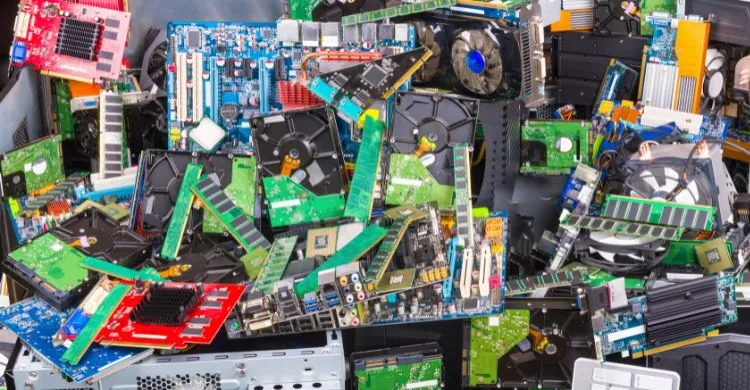
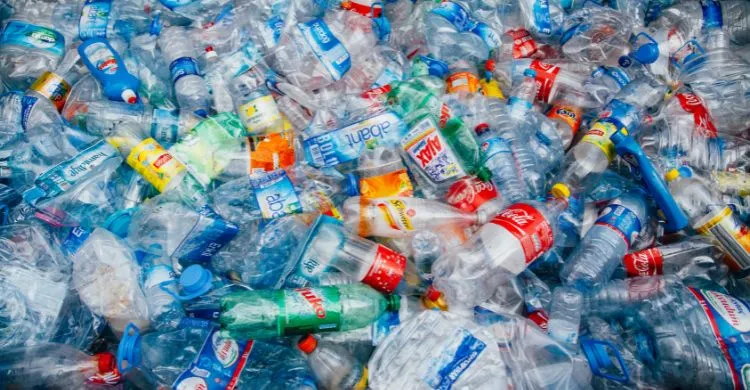
.webp)
